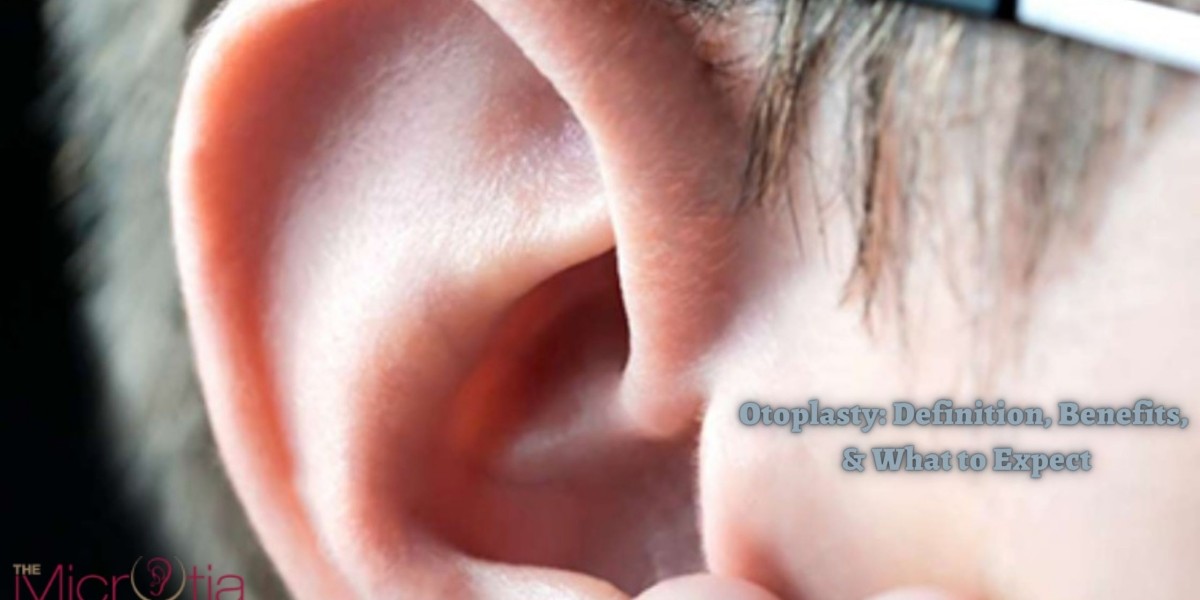Some people choose to have otoplasty to fix a problem with how their ears are built. Some people get it because their ears stick out too far, and don't like it.
Otoplasty surgery is the most common ear surgery performed on the ears and usually has a high success rate. Dr Parag Telang, the best ear surgeon in Mumbai, has shared some useful information to help people decide if otoplasty is worth it. He has given helpful advice to people who have problems with their ears.
What Are The Types of Otoplasty?
Cosmetic ear surgery is another name for otoplasty. It is done on the auricle, the visible part of the outer ear.
There are different kinds of otoplasty, such as:
- Ear Augmentation. Some people have small ears or ears that have yet to grow. In these cases, they might want otoplasty to make their outer ears bigger.
- Ear Pinning. In this otoplasty, the ears are moved closer to the head. People who have ears that stick out far from the sides of their heads get this done.
- Ear Reduction Surgery. When one has macrotia, their ears are bigger than usual. People with microtia who want to make their ears smaller may choose to have otoplasty.
What is the Procedure of Otoplasty?
During the Surgery
- Otoplasty is usually done on an outpatient basis or at a doctor’s facility. Depending on the details and complexity of the procedure, it can take anywhere from 1 to 3 hours.
- Adults and older children can get local anaesthesia with a sedative during the procedure. There are times when general anaesthesia is used. Most of the time, younger children who need otoplasty are given general anaesthesia.
The general otoplasty consists of the following:
- Making a cut on the back of the ear or in the creases of the ear.
- Ear tissue can be changed by removing cartilage or skin, folding and shaping cartilage with permanent stitches, or grafting cartilage to the ear.
- Putting stitches in the cuts to close them.
After the Surgery
After the procedure, a dressing will be put over the ears. One should ensure that the dressing remains clean and dry. Also, one should do the following while one is getting better:
- Try not to touch or scratch the ears.
- Choose a way to sleep where the head isn't on the ears.
- Wear button-up shirts that one doesn't have to pull over the head.
- Sometimes, one may also need to have the stitches taken out. If one needs to do this, the doctor will tell the patient. Some stitches fall apart on their own.
One can use the above-mentioned considerations to help choose whether or not to have otoplasty surgery. However, if one is searching for otoplasty surgery near me, one can go to The Microtia Trust and consult with Dr Parag Telang, an expert ear surgeon, to get a clearer picture and a comprehensive look at all the treatment options for ear deformities. Since every situation is unique, it is best to seek professional advice.








